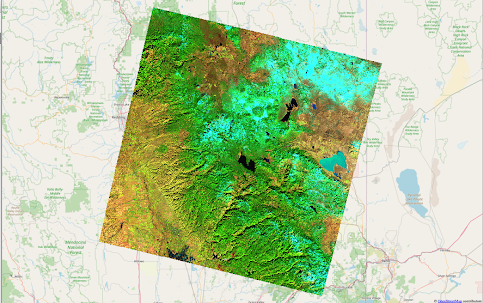Go wide or go deep? Data and models in clean technology
When faced with a question about agriculture, water, energy, air or another clean technology system, how do you decide to model it? Do you dive down deep into the subject matter and try and figure out what would work? Or do you go wide, look at the interactions between different systems and see how different types of data and models can be combined? Or do you do a mix of both? Like many other challenges in the data science and clean technology fields, it really depends on the question you’re trying to answer - and the data that are available. If the question you’re trying to answer has a relatively well defined process and sufficient data - then it makes sense to start by diving deep into the subject and looking at different processes and interactions within a relatively narrow field. For example, let’s say that we’re trying to understand the chemical interactions in a water treatment plant process and if there’s a problem with how effectively the treatment process removes a cert

